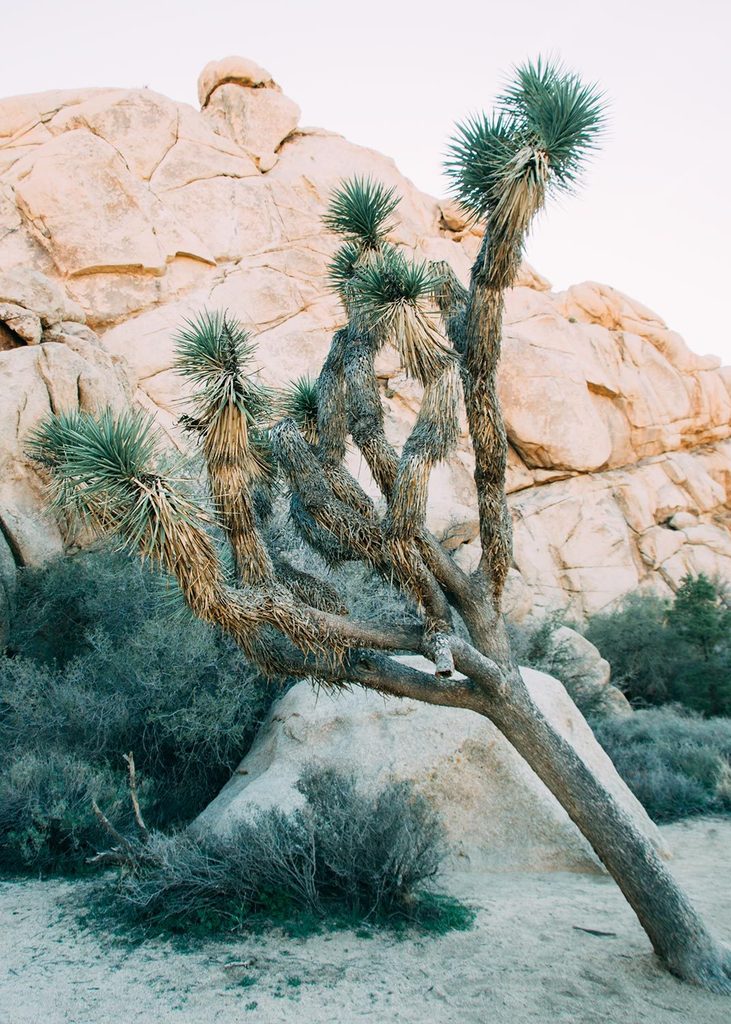Joshua Tree National Park is a backpacker's dream with its mild winter climate and interesting rock formations, plants and wildlife. Located in the California desert just north of Palm Springs, it covers a land area of 789,745 acres. A large part of the park is designated to wilderness area some 429,690 acres.
Straddling the San Bernardino County/Riverside County border, the park includes parts of two deserts, each an ecosystem whose characteristics are determined primarily by elevation: the higher Mojave Desert and the lower Colorado Desert. The Little San Bernardino Mountains run through the southwest edge of the park.
The rock formations of Joshua Tree National Park were formed 100 million years ago from the cooling of magma beneath the surface, Groundwater is responsible for the erosion that created the spheres from rectangular blocks. These prominent outcroppings are known as inselbergs or a monadnock.









For those who like camping there are nine established campgrounds in the park, only two of which (Black Rock Canyon and Cottonwood) provide water and flush toilets. A fee is charged per night for each camping spot. Backcountry camping, for those who wish to backpack, is permitted with a few regulations.
For hikers there are several hiking trails within the park, many of which can be accessed from a campground. Shorter trails, such as the one mile hike though Hidden Valley, offer a chance to view the beauty of the park without straying too far into the desert. A section of the California riding and hiking trail meanders for 35 miles through the western side of the park. The lookout point at Keys View, towards the south of park, offers views of the Coachella Valley and Salton Sea.
The park is also popular with rock climbers and was originally a winter practice area while Yosemite Valley and other parts of the Sierra Nevada were snowbound. It later became an area of interest in its own right. The rocks are all composed of quartz monzonite, a very rough type of granite.
For those who like bird watching, there are over 250 species of bird in the park including resident desert birds such as the greater roadrunner and the cactus wren as well as mockingbirds, Le Conte's thrasher, verdin and Gambel's quail. There are also many transient species that may spend only one or two seasons in the park.
A good place to view wildlife is at Barker Dam, a short hike from the parking area near Hidden Valley. Desert bighorn sheep and mule deer sometimes stop by the dam for a drink.

